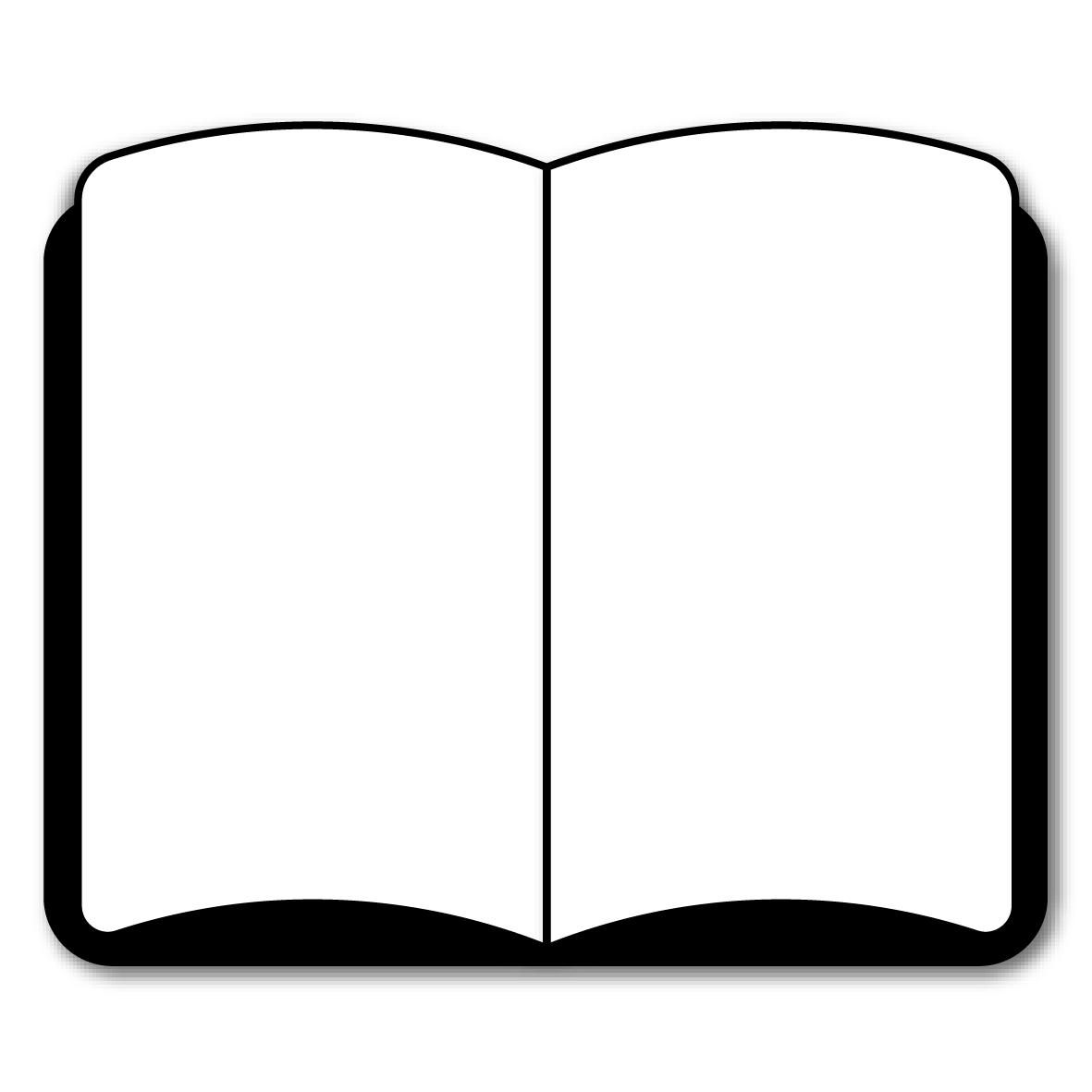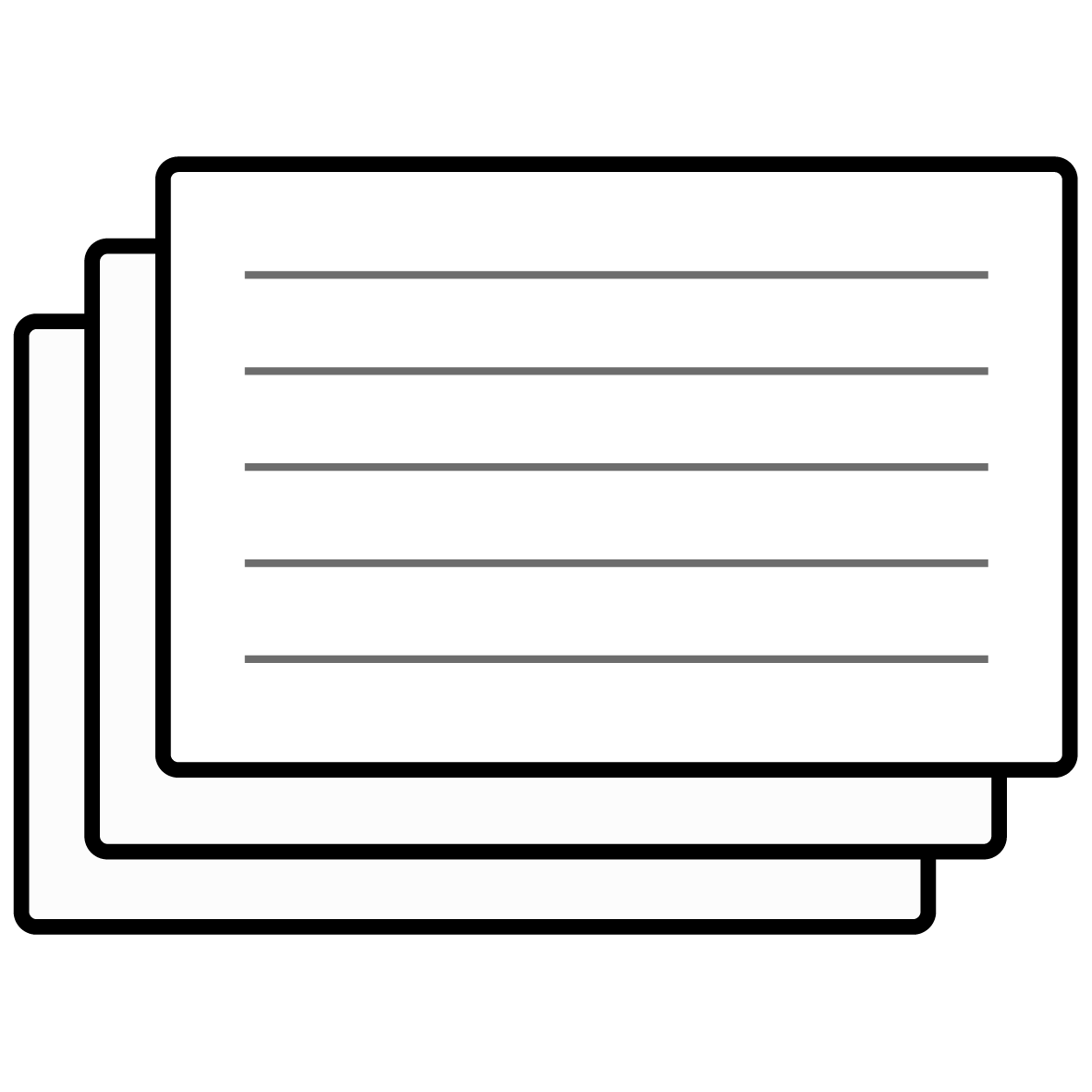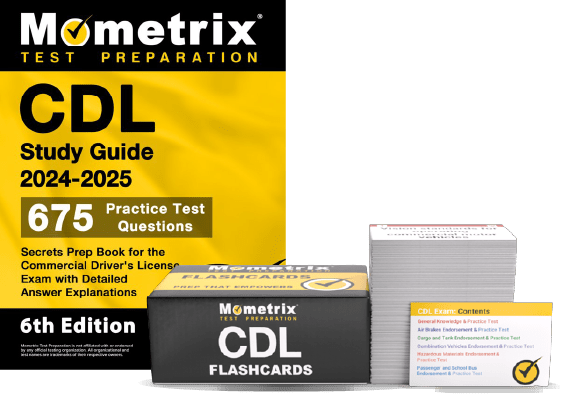If you need help studying for the CDL exam or just want some more information about what the test is like, you’ve come to the right place.
Click below to take a free CDL practice test!
How to Get a CDL
CDL General Knowledge Test
CDL Skills Test
FAQs
Self-Assessment Modules
What is a CDL?
A CDL is a commercial driver’s license, which gives you the ability to drive large commercial vehicles (school bus, delivery truck, tow truck, etc.).
Depending on what type of vehicle you want to operate, you’ll need to get a specific CDL class:
-

Class A:
This class allows you to operate a combination of vehicles with a Gross Combination Weight Rating (GCWR) of 26,001 pounds or more, provided the towed vehicle(s) weighs more than 10,000 pounds. -

Class B:
This class allows you to operate a single vehicle with a Gross Vehicle Weight Rating (GVWR) of 26,001 pounds or more, or any such vehicle towing another that does not exceed 10,000 pounds. -

Class C:
This class is required for vehicles designed to transport 16 or more passengers (including the driver) or for transporting hazardous materials that require placarding under federal law.
How to Get a CDL
The first step to getting your CDL is contacting your local DMV to see what state-specific requirements you have to meet.
Once you know you meet the requirements, you’ll need to take a physical exam and pass a written knowledge test. This will get you a CDL learner’s permit! This permit will allow you to start practicing your driving skills (official CDL training is optional but recommended).
Then, you’ll need to take and pass the CDL skills test, which includes a pre-trip inspection, basic vehicle control, and an on-road driving test.
If you pass the skills test, you’ll be issued your CDL! If you want to obtain additional endorsements, like HazMat or Tanker, you’ll need to take additional tests.
CDL General Knowledge Test
While there are several knowledge tests you can take for different endorsements, there’s a general knowledge test that all drivers have to take.
The general knowledge test will assess how well you know the following, among other things:
- Traffic signs
- Signals
- Right-of-way rules
- Trucking laws
- Speed limits
- Vehicle inspection
- Basic commercial vehicle safety
- Emergency procedures
- Accident procedures
- Driving in different weather conditions
This test will likely take 2-3 hours to complete.
CDL Skills Test
As mentioned earlier, the skills test covers three main areas:
- Pre-Trip Inspection: You’ll demonstrate your knowledge of the vehicle by identifying and inspecting key parts to ensure the vehicle is safe to operate.
- Basic Vehicle Control: You’ll perform specific maneuvers in a controlled environment, such as straight-line backing, offset backing, and parallel parking.
- On-Road Driving Test: You’ll drive on public roads (under supervision) and be tested on skills such as turning, merging, lane changes, following traffic laws, and general road safety.
Online CDL Prep Course
If you want to be fully prepared, Mometrix offers an online CDL Prep Course. The course is designed to provide you with any and every resource you might want while studying. The CDL Course includes:
The CDL Prep Course is designed to help any learner get everything they need to prepare for their CDL exam. Click below to check it out!
FAQs
What is a CDL?
A CDL is a special driver’s license that lets you drive large commercial vehicles.
How do I get a CDL?
Every state has its own specific requirements, but every state requires you to pass a knowledge test and a skills test.
How long does it take to get a CDL?
It generally takes anywhere from a few weeks to six months to get a CDL.
What does CDL stand for?
CDL stands for Commercial Driver’s License.
How much do CDL drivers make?
A CDL truck driver salary varies widely from state to state, but the national average is about $73,100 per year.
How much does it cost to get a CDL?
The amount of money you put toward your CDL depends on the state you live in and what training and endorsements you need. You could spend anywhere from $1,000 to $10,000.
Self-Assessment Modules
One of the most important parts of preparing for a test is determining which topics you need to brush up on as you study.
To get started with a self-assessment of your knowledge, click on one of the modules below!
General Knowledge
Skills and Safety
Mometrix Test Preparation is not affiliated with or endorsed by any official testing organization. All organizational and test names are trademarks of their respective owners.



 CDL Online Course
CDL Online Course CDL Study Guide
CDL Study Guide CDL Flashcards
CDL Flashcards

